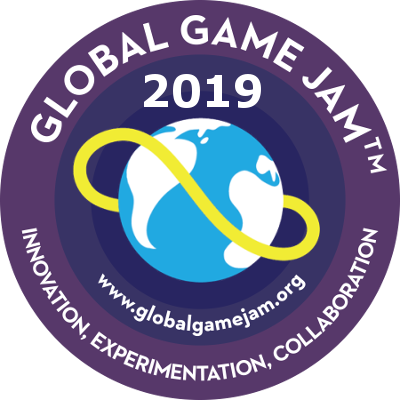New Personal Project: Quest Log Alpha
Well, “new” as in I haven’t posted anything about it yet. This is something I am working on in my own time, and surprisingly, it is not a game. Well, mostly at least.
Overview
I like the aesthetic of lists, planners, etc., but in the digital age they are not as prevalent. I stopped carrying planners once I started using a calendar app. However, I still want to keep track of stuff to do. Hence, the hunt for a good task app.
I couldn’t find one. That is, I couldn’t find one that did everything I required of one. Here’s what would happen: I would use an app regularly for a month or two, then its quirks would cause me to procrastinate opening it, and then I would stop using it altogether. So, like many people, I decided I wanted my own todo app. It was time to dust off those app-making skills!
Specifications
So, I want my own app. What is needed for me to keep using an app?
- Opens instantly
Something that quickly puts me off using a productivity app is if it takes more than no time to open. If there are ads or a loading screen, I give up. I need something that I can quickly pull out, enter some data, and tuck away.
This means that I couldn’t use my beloved familiar tool of Unity to make this.* I landed instead on Android Studio. - Working notifications
My favorite of the todo apps I tried had been abandoned for years, and unfortunately had a bug with its notifications. As someone who forgets things, that was a no for me. - Minimal overhead
The great thing about technology is that you can get it to do lots of stuff for you. The more stuff I don’t have to spend time doing, the more likely I am to continue using it.
Great! Now what do I want?
- Something fun
Ah yes, the easiest thing to accomplish. That bit of extra motivation to be productive — I’d be designing some sort of gamification to use on myself. Simple! - Something easy
Related to the need for minimal overhead, clean and intuitive UI is soothing in an app. This one is actually easier, since I’ll know the UI inside out, and don’t have another user to think about.**
* The free version of Unity has a splash screen that lasts several seconds long on all of its applications.
** Which is a very, very weird feeling for someone who almost exclusively makes for others. I still catch myself thinking “Well, this might be confusing for a user unfamiliar with– Wait a minute!”
Looks
With these needs and wants in mind, I set out to design it. I decided to use XD, since it looked fun. I also tried a bit of Figma, and that was also fun. They are very similar. They are fantastic for setting up basic UI and creating prototypes, and there are many templates with Android UI components (appbars, etc) you can get for free.
With looks, the basic goals are:
- Adheres to common app design specs
Many apps use a similar interface that I am used to. If I don’t have to think about how to perform an action, that will be faster and cause less fatigue. - Easy to parse
I don’t want an app that’s too visually noisy. One of my earlier iterations had tags showing up in different colors, and while it was pretty, it was difficult to figure out what was going on at a glance. - Simple color palette
- Thematic
I want it to be like an RPG quest log, so ideally it’d look like a scroll or book. I want the UX to reflect this, also. This particular change is more of a goal for the future — in the meantime, I’m just using some of my favorite colors for the palette. (This, however, is why the mockup uses serif fonts).
I’ll avoid going into too much detail on features, since the mock designs don’t fully match what the app will be (story of my life), but I thought I’d share the super basic prototype. I set this up to quickly test out some UX ideas — some of it is good, some I ended up iterating on quite a bit. As I flesh out my app, the vision may change. In the meantime, the prototype is up on my projects page!




